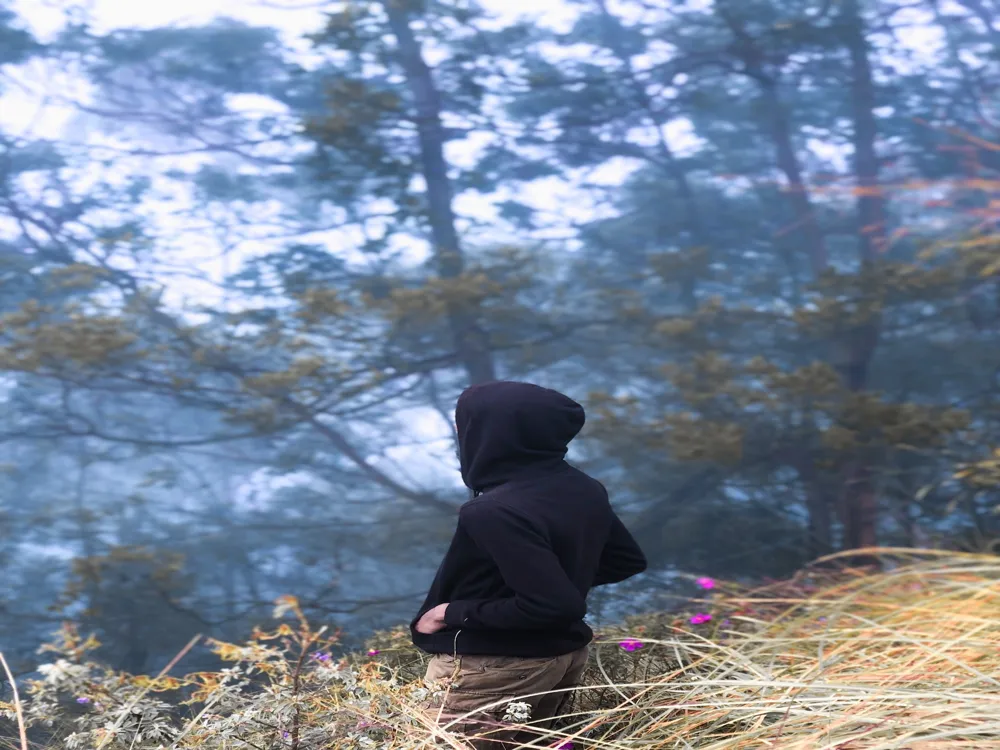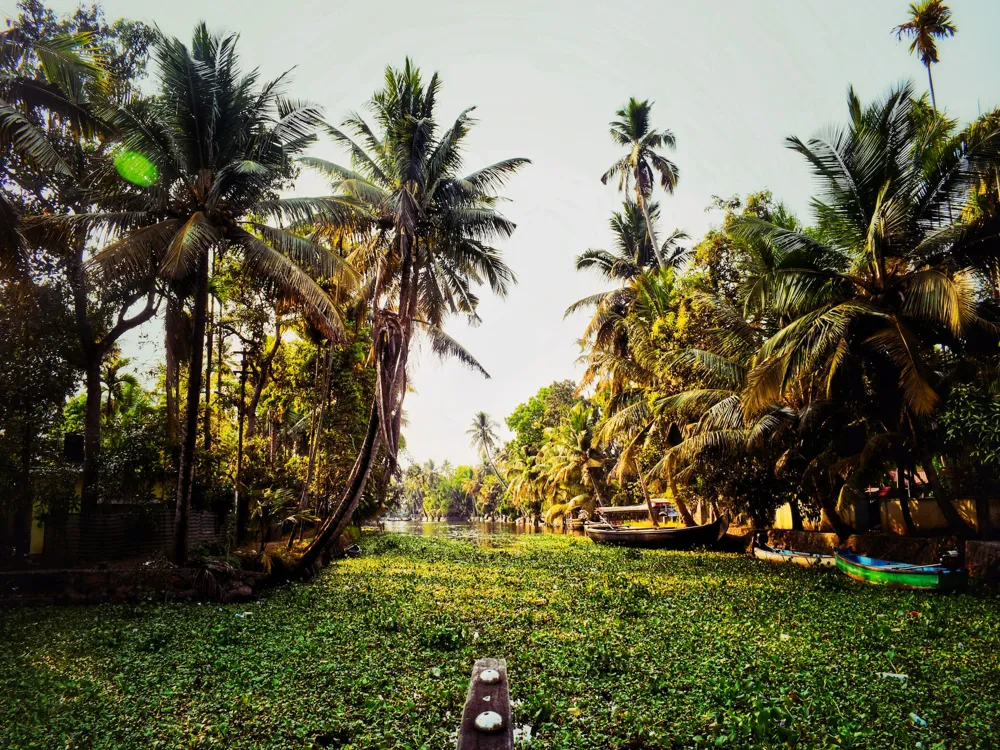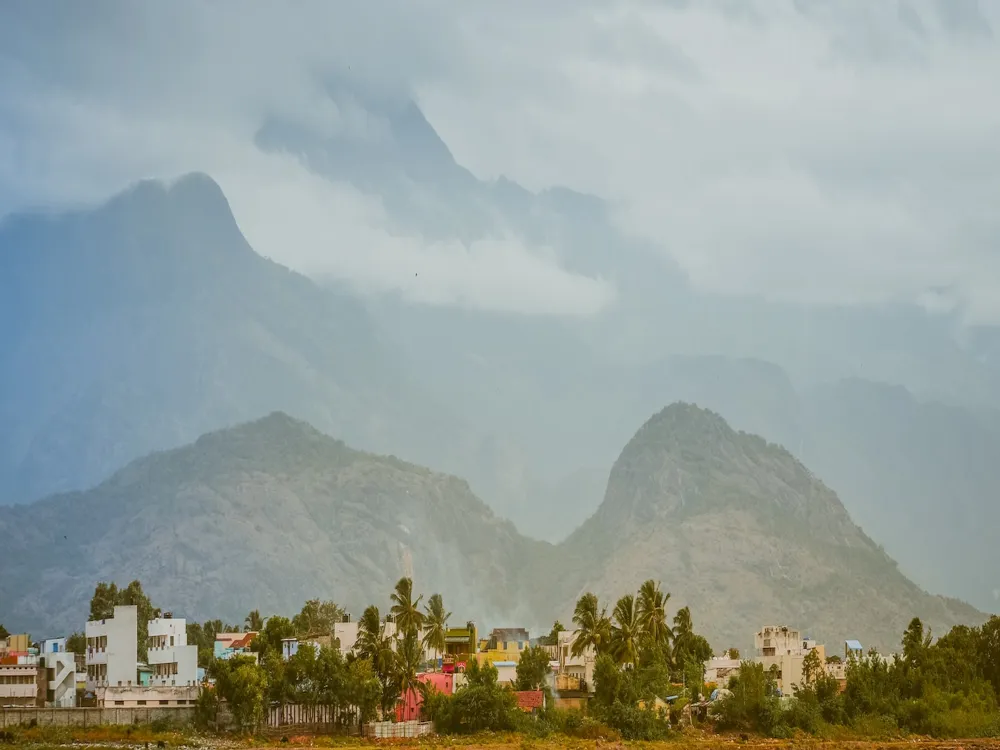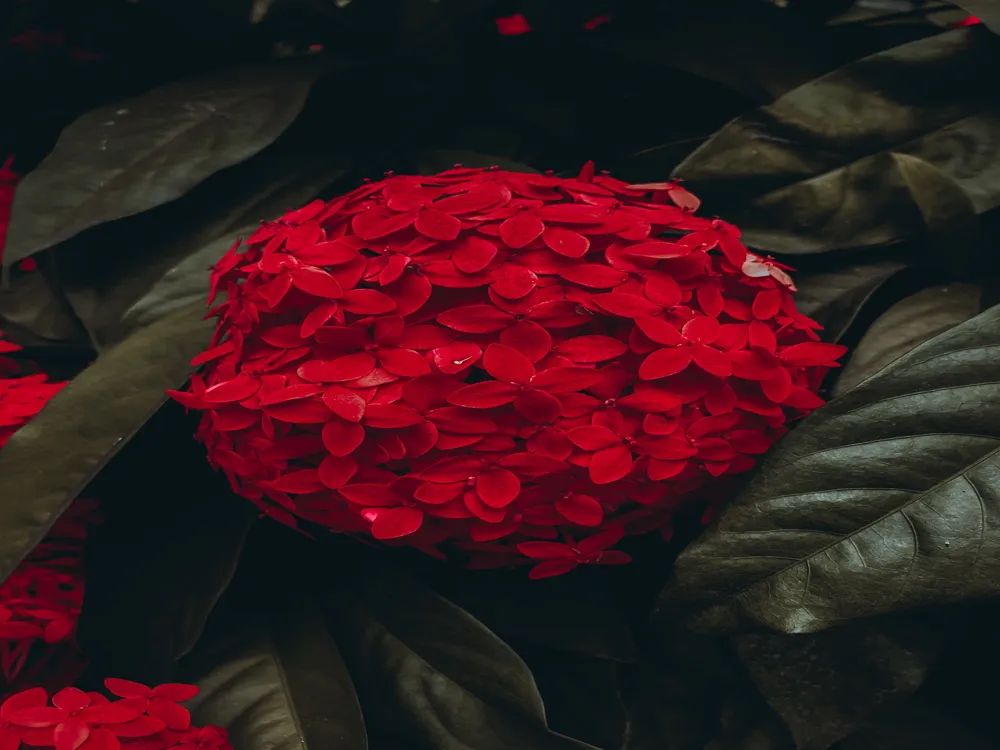Nestled in the picturesque hills of Kodaikanal, Tamil Nadu, the Shembaganur Museum of Natural History stands as a beacon of knowledge and beauty. This remarkable museum, founded in 1895, is not just a storehouse of artifacts but a testament to the rich biodiversity and cultural heritage of the region. It offers a unique blend of education and visual delight, making it a must-visit destination for tourists and nature enthusiasts alike. The museum's collection is extensive and varied, encompassing a wide range of exhibits that include over 500 species of animals, birds, and insects, and a vast herbarium of more than 300 species of exotic and native plants. This vast collection provides a comprehensive overview of the flora and fauna native to the Western Ghats. Particularly noteworthy is the museum's butterfly collection, which is one of the largest in India, showcasing the vibrant and diverse butterfly species of the region. Apart from its natural history exhibits, the Shembaganur Museum is also home to an intriguing array of anthropological artifacts. These include traditional clothing, utensils, and tools used by the indigenous Palaiyar tribe, offering insights into their unique way of life. The museum also houses geological exhibits that trace the geological history of the Western Ghats, adding another layer of educational value to the visitor experience. The Shembaganur Museum of Natural History is not just about indoor exhibits. The museum is surrounded by a lush botanical garden, featuring a rich variety of native plants and trees. This garden serves as a living exhibit, providing visitors with the opportunity to experience the natural beauty of Kodaikanal's flora up close. The garden is also a haven for birdwatchers, with numerous species of birds making it their home. Educational workshops and guided tours are regular features at the museum, offering an interactive and engaging experience for visitors of all ages. The museum's commitment to education and conservation is evident in its various initiatives aimed at raising awareness about environmental conservation and the need to preserve our natural heritage. The architecture of the Shembaganur Museum of Natural History is a fascinating blend of colonial and traditional Tamil styles, reflecting the rich cultural tapestry of Kodaikanal. The museum building itself is a heritage structure, showcasing the architectural prowess of the late 19th century. Its design is a testament to the fusion of functionality and aesthetic appeal, making it a significant landmark in the region. As you approach the museum, the first thing that catches your eye is the striking façade, characterized by its red-tiled roof and whitewashed walls. This classic colonial design is complemented by traditional Tamil architectural elements, such as intricately carved wooden doors and windows. These elements not only add to the visual appeal of the museum but also serve practical purposes, such as providing ventilation and natural lighting. The interior of the museum is equally impressive, with high ceilings and spacious halls that create a sense of grandeur and openness. The layout of the museum is designed to facilitate an easy and logical flow of visitors through the various exhibits. The use of natural materials like wood and stone in the interior not only enhances the aesthetic appeal but also helps maintain a connection with nature, which is at the heart of the museum's ethos. A notable feature of the museum's architecture is its integration with the surrounding landscape. Large windows and open spaces ensure that visitors always have a view of the lush gardens and the natural beauty of Kodaikanal. This seamless integration of indoor and outdoor spaces is a key aspect of the museum's design, blurring the lines between the built environment and the natural world. The museum's architecture also reflects its commitment to sustainability. The use of local materials and traditional construction techniques not only preserves the cultural heritage of the region but also minimizes the environmental impact of the building. The museum serves as a model for sustainable architectural design in harmony with its natural surroundings. Before visiting the Shembaganur Museum of Natural History, it's advisable to check the museum's opening hours and any special events or exhibitions that might be taking place. Planning your visit in advance ensures you make the most of your time at the museum. As the museum is located in a hill station, the weather can be quite unpredictable. It's recommended to dress in layers and carry an umbrella or raincoat, especially during the monsoon season. Check the museum's photography policy before your visit. While photography might be allowed in certain areas, there could be restrictions in place, especially for flash photography, to protect sensitive exhibits. Make the most of your visit by engaging with interactive displays and participating in educational workshops if they are available. These activities can greatly enhance your understanding and enjoyment of the exhibits. It's important to respect the exhibits by not touching or tampering with them. This helps preserve these valuable artifacts for future generations. The Shembaganur Museum of Natural History is located about 6 kilometers from the Kodaikanal bus stand. Visitors can reach the museum by local taxis or buses that frequently ply between the town and the museum. For those driving, parking facilities are available near the museum. The scenic route to the museum is an experience in itself, offering breathtaking views of the Kodaikanal hills and valleys.Read MoreOverview of Shembaganur Museum Of Natural History, Kodaikanal
Architecture of Shembaganur Museum Of Natural History
Tips When Visiting Shembaganur Museum Of Natural History
Plan Your Visit
Dress Appropriately
Photography Policies
Engage with Interactive Displays
Respect the Exhibits
How To Reach Shembaganur Museum Of Natural History
Kodaikanal Tourism
Best Time to Visit Kodaikanal
How to Reach Kodaikanal
Things To Do Kodaikanal
Shembaganur Museum Of Natural History
Kodaikanal
Tamil Nadu
NaN onwards
View kodaikanal Packages
Weather :
Tags : Museum
Timings : 10:00 AM - 11:30 AM, 3:00 PM - 5:00 PM
Closed on Thursday
Time Required : 1-2 hours
Entry Fee : INR 2
Planning a Trip? Ask Your Question
Kodaikanal Travel Packages
View All Packages For Kodaikanal
Top Hotel Collections for Kodaikanal

Private Pool

Luxury Hotels

5-Star Hotels

Pet Friendly
Top Hotels Near Kodaikanal
Other Top Ranking Places In Kodaikanal
View All Places To Visit In kodaikanal
View kodaikanal Packages
Weather :
Tags : Museum
Timings : 10:00 AM - 11:30 AM, 3:00 PM - 5:00 PM
Closed on Thursday
Time Required : 1-2 hours
Entry Fee : INR 2
Planning a Trip? Ask Your Question
Kodaikanal Travel Packages
View All Packages For Kodaikanal
Top Hotel Collections for Kodaikanal

Private Pool

Luxury Hotels

5-Star Hotels

Pet Friendly






















